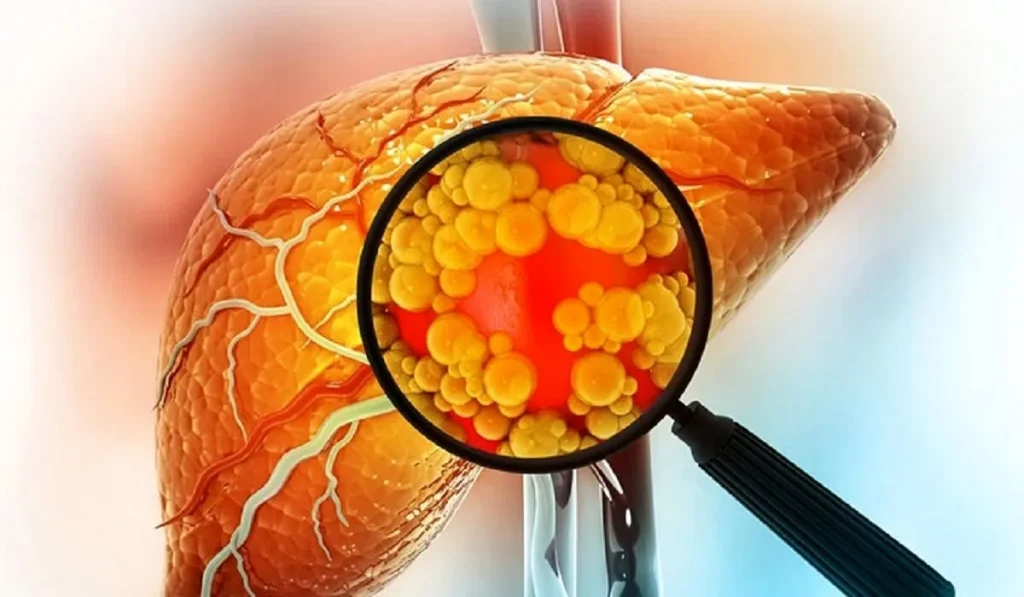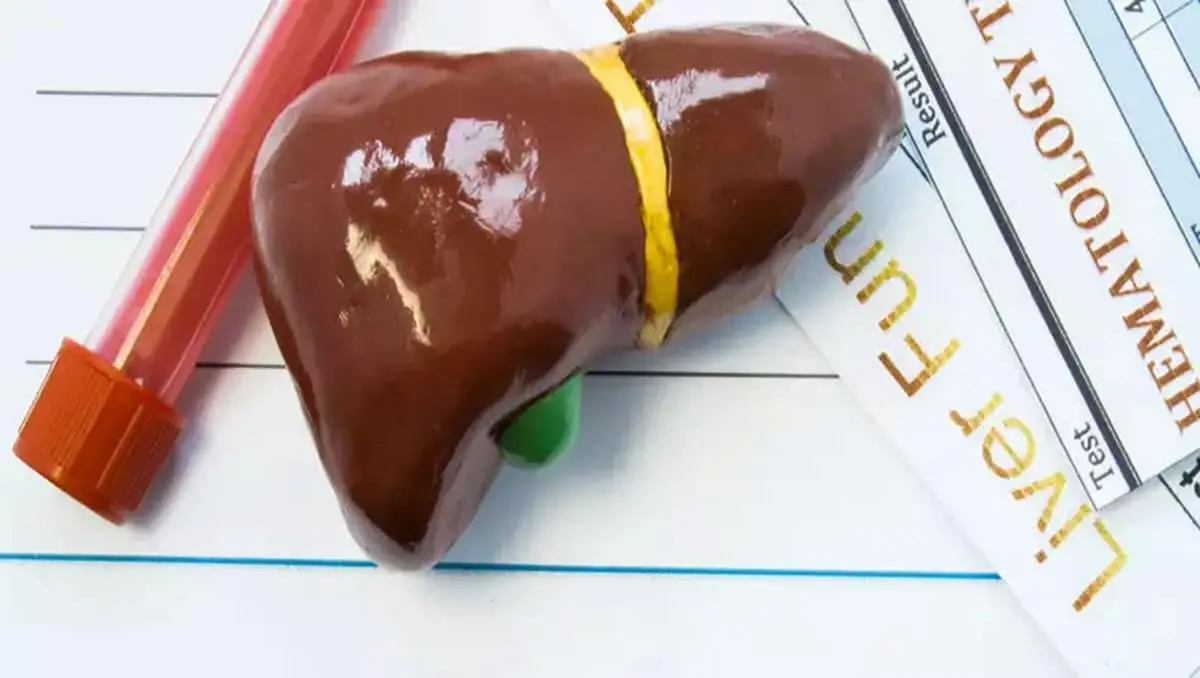
List of Best Exercise to Treat Fatty Liver+ Pro Tips
Is it possible to exercise to treat fatty liver? If yes, which exercise is suitable for fatty liver and its treatment? Fatty liver is one of the common health problems caused by the accumulation of fat in liver cells. This disease can occur due to various factors such as obesity and poor diet and, if left untreated, can lead to more serious problems such as liver inflammation or cirrhosis. Treating fatty liver with exercise plays an important role in improving it.
Regular physical activity can reduce the amount of fat stored in the liver and help strengthen its function. Weight loss, improving insulin levels and reducing body inflammation are other benefits of exercise for people with fatty liver. Exercise is also effective as a supplement alongside other treatment methods such as phlebotomy and modern phlebotomy. Phlebotomy is a method that can help improve liver conditions by reducing blood lipids, hemoglobin and iron in the body. In the following article from humanhealthmag, we introduce the best treatment of fatty liver in the elderly and exercise advice for patients with fatty liver disease (MAFLD).
How Can Exercise Help Treat Fatty Liver?
Exercise to treat fatty liver is one of the most effective ways to control this disease. Treating fatty liver with exercise helps burn body fat, including fats stored in the liver. When a person exercises, the body uses more energy and gradually reduces the amount of fat stored in organs, including the liver. This helps improve liver function. Weight loss is one of the most effective ways to reduce fat in the liver. Even losing 5 to 10 percent of your body weight can have a significant impact on reducing liver fat and improving symptoms.
Just as it is possible to exercises to treat hemorrhoids, regular exercise as part of a weight loss program can also speed up the healing process of fatty liver. Fatty liver is often accompanied by inflammation, which can lead to permanent damage over time. As a result, losing weight after 50 with exercise can reduce inflammation in the body of older people and prevent the progression of fatty liver disease. Choosing the right diet also plays an important role in treating fatty liver.

Types of Exercise to Treat Fatty Liver
How can fatty liver disease be treated through physical exercise? Exercise to treat fatty liver is one of the main and most effective methods for management and treatment at all stages, from grade 1 to grade 3. Two types of exercise are recommended to help treat fatty liver, aerobic exercise and resistance training. Below we introduce beneficial exercises for fatty liver:
Exercise for fatty liver grade 1
At this stage of fatty liver treatment with exercise, fat is stored in the liver, but serious damage or inflammation has not yet occurred. With regular exercise, the progression of the disease can be prevented.
- Brisk walking: at least 30 minutes a day.
- Slow running or cycling: about 3 to 5 times a week.
- Swimming: A complete and effective exercise to burn calories and improve metabolic function.
- Yoga and stretching: Helps reduce stress and improve overall body health.
Exercise for fatty liver grade 2
At this stage, weight loss and exercise become more important.
- Stationary or outdoor cycling: This type of aerobic exercise helps burn excess body fat and has a positive effect on the liver.
- Resistance training (light weight lifting or working with resistance bands): Strength training helps increase muscle mass and improve metabolism.
- Swimming and water aerobics: For those who are unable to do heavy exercises due to high weight or joint problems, swimming and water aerobics are good options.
Exercise for fatty liver grade 3
At this stage of fatty liver treatment with exercise, when inflammation and damage to the liver are more serious, exercise is still important, but it should be done with more caution.
- Slow and steady walking: This low-impact exercise can be done daily and helps improve blood flow and reduce fat.
- Light resistance training: Such as working with light dumbbells or bodyweight exercises (squats, push-ups). It is best to do these exercises under the supervision of a doctor or a professional trainer.
- Low-intensity aerobics: Regular low-intensity aerobics, 3 to 4 times a week.
- Stretching and flexibility exercises: Such as yoga or Pilates, which help improve overall health and do not put too much strain on the liver.
Aerobic exercise in general can reduce the amount of fat in your liver. Resistance training or strength training, such as weight lifting, can also improve fatty liver disease. Aim for 30 to 60 minutes or more of moderate-to-vigorous aerobic exercise at least 5 days a week and moderate-to-vigorous strength training 3 days a week. In addition, walking is one of the most effective and easiest exercises to improve fatty liver. The best time to walk depends on a person’s health and lifestyle, but some times can have more positive effects on the liver and metabolism.
Why Should We Treat Fatty Liver?
Fatty liver disease definitely needs treatment and attention, and you should exercise to treat fatty liver; because if you leave your fatty liver untreated, you will have very expensive complications! Fatty liver disease is completely reversible and treatable in the early stages, so stages one and two are a golden opportunity to treat this disease. But negligence in treatment leads to liver fibrosis and cirrhosis, which are irreversible damages. Grade three and four fatty liver causes severe impairment in liver function and brings threatening and dangerous complications such as liver failure or even liver cancer.

We only have one liver, and if it is permanently damaged, there is nothing we can do except liver transplantation. But the liver is not the only organ that is damaged by fat, people with fatty liver are at higher risk for cardiovascular diseases, including heart attack and stroke. Fatty liver disease is often associated with other metabolic conditions, such as type 2 diabetes, insulin resistance, and obesity. Treatment for fatty liver disease can help improve insulin sensitivity, lower blood sugar levels, and lose weight, thereby improving overall metabolic health. Grade 3 and 4 fatty liver can also have other bothersome side effects that can negatively impact your quality of life and health, such as fatigue, jaundice, and severe skin conditions.
Benefits of Exercise to Treat Fatty Liver
Exercise to treat fatty liver is always recommended. Regular exercise is an important part of treating fatty liver, especially non-alcoholic fatty liver. But why? First, regular physical activity helps reduce the amount of fat stored in the liver. This is important regardless of weight loss, as you have already helped reduce your liver fat, even if you do not lose weight. The most important benefits of exercises to cure fatty liver in the elderly are:
- Improved blood sugar control
- Improved blood pressure
- Improved blood fats such as cholesterol and triglycerides
- Increased muscle mass
- Improved muscle strength and endurance
- Improved mental health
- Improved quality of life
As we have already said, regular exercise can play a role in preventing the development of other conditions associated with fatty liver, such as type 2 diabetes and heart disease, and liver damage associated with the development of fatty liver. A combination of aerobic and strength training is usually recommended for people with fatty liver disease. Even small amounts of exercise can be beneficial for fatty liver. Remember, start your workout at a low intensity and gradually increase the intensity and duration over time.
Concluding Remarks
Exercise to treat fatty liver plays a key role in its treatment as one of the most effective and simple non-drug methods. By regularly performing physical activities such as walking, running and resistance training, the fat stored in the liver is reduced and the overall function of the liver is improved. Exercise not only helps in losing weight and increasing insulin sensitivity, but also reduces inflammation in the body and prevents fatty liver from progressing to more advanced stages such as cirrhosis.
Note that the liver naturally has a certain amount of fat. But the alarm bells ring when the liver fat becomes too high. In many cases, fatty liver can be controlled and treated by following a few simple strategies. Having a healthy lifestyle can help a lot in treating fatty liver.
We’re curious to hear your thoughts! What’s your take on this topic? Comment below and join the conversation; your opinion could spark new ideas!

Frequently Asked Questions
What is Fatty Liver Disease?
Fatty liver disease is simply defined as your liver becoming fatty! The liver is the largest organ in the human body and helps digest food, store energy, and remove toxins. A healthy, well-functioning liver contains a small amount of fat, but the accumulation of fat becomes problematic when it reaches more than 5 percent of the liver’s weight. Unfortunately, fatty liver disease is often asymptomatic and you only notice it when the severity of the liver fat is very high and it becomes very difficult to work with.
When Is the Best Time to Exercise for People With Fatty Liver?
The best time to exercise for people with fatty liver is early morning, evening, and early evening. People with fatty liver should gradually increase the intensity and number of their exercises. Constant exercises cause a person to get used to those exercises, so their effectiveness decreases. A person should gradually add newer exercises to their exercise program.
Which Exercise is Best for Treating Fatty Liver?
Aerobic exercise such as walking and running, resistance training such as weight lifting, and stretching exercises such as yoga are useful for reducing liver fat and improving its function.
